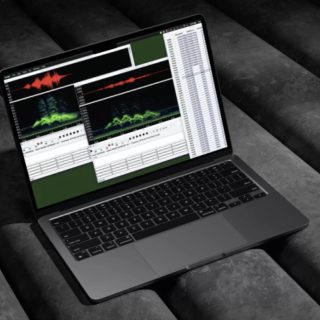All product user guides can now be found at our brand new Knowledge Base.
Ecosystem, Biodiversity, or Soundscape Monitoring
Using sound to see the big picture when surveying a habitat

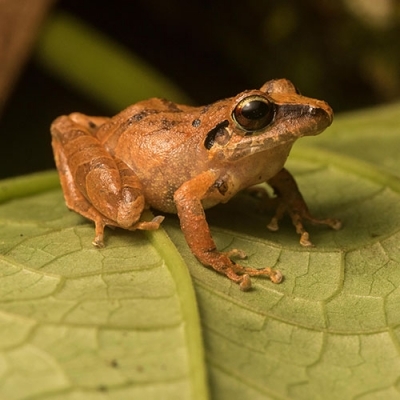
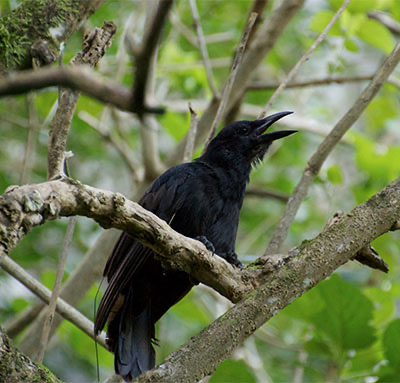
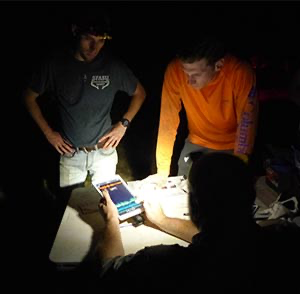
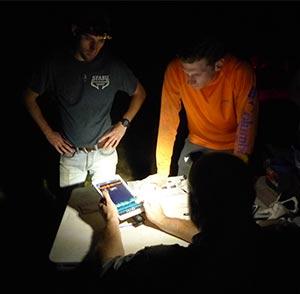
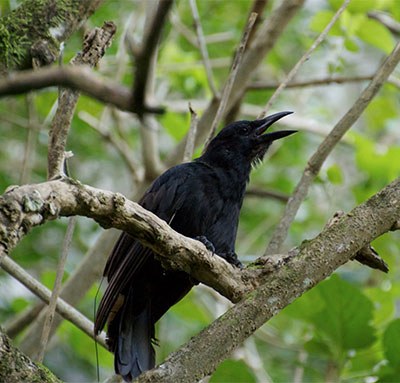
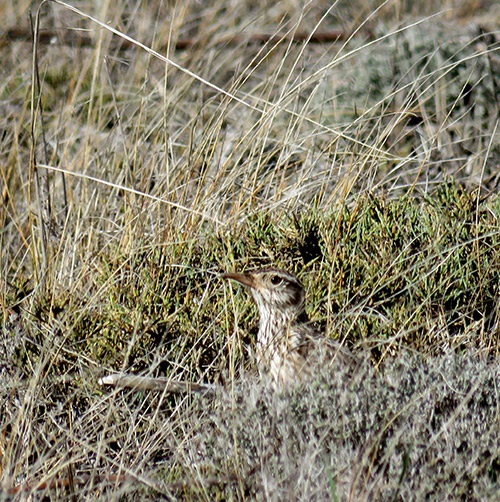
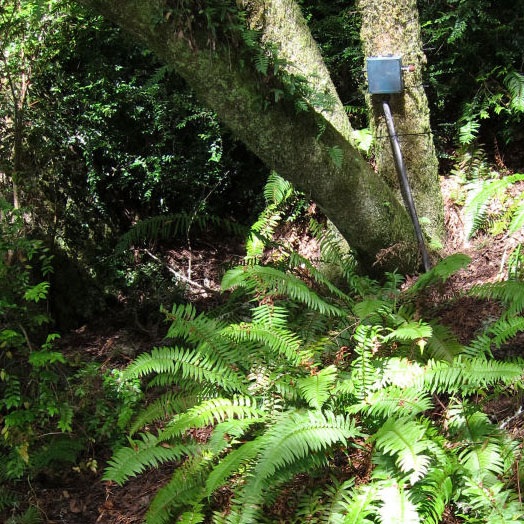
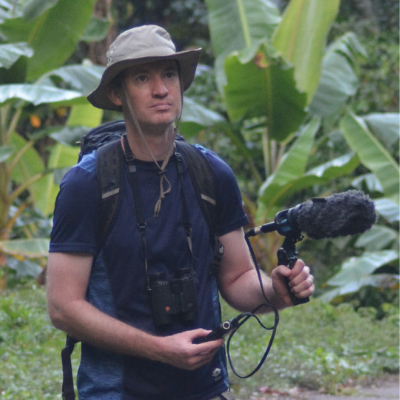
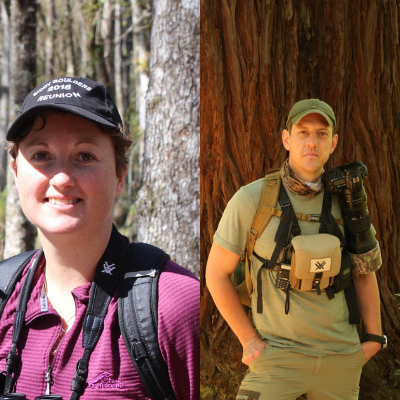
Studying Habitat Soundscapes and the Challenges of Manual Data Collection
Resource Constraints
It isn’t feasible for human researchers to continuously monitor an environment day after day for years, especially in habitats that are difficult or dangerous to access. Additionally, it’s difficult to mitigate the costs and risks of manual data collection without limiting the quantity and range of data gathered.
Observer Bias
Manual data collection relies heavily on the skill and experience level of the observer. In other words, data is limited by what an individual can observe – lacking true objectivity and increasing risk for errors in data.
Limited Data
Individual species may be difficult to detect, and certain habitats may be challenging to access with interactive research techniques, limiting the quantity and range of data observations.
Additional Resources
- Acoustic Complexity Indices in the Old-Growth Mediterranean Forest
- Acoustic Indices as Rapid Indicators of Avian Diversity
- Protected Area Monitoring in the Serra Do Cipó National Park, Brazil
- Evaluating Acoustic Indices in the Valdivian Rainforest
- Investigating the Potential for Ecoacoustic Methods in Mapping Wilderness Areas
- A Soundscape Assessment of the Sasso Fratino Integral Nature Reserve
- Improving Biodiversity Assessment via Sound Recordings
- Acoustic Monitoring Through Landscape‐Scale Sensor Networks
How Bioacoustics Tools Solve These Challenges
Big Picture Acoustic Monitoring
Acoustic monitoring is an efficient, cost-effective way to sample large swaths of land with numerous and diverse habitats – providing permanent records of animal vocalizations. Recorders allow you to monitor entire soundscapes at once over extended periods of time, overcoming the human limitations of manual data collection.
Data Insights
Because they can be reviewed many times by experts, soundscape recordings are a reliable way to assess the condition of landscapes and seascapes – even more so than field surveys, which have inherent bias. Recordings captured during all times of day allow us to rethink how we measure the biodiversity of a place through time. And since many sound sources exist in nature, soundscapes have become universal measures of change – expanding our horizons to ask new scientific questions.
Rapid Soundscape Assessment
For studies concerning habitat conservation or the relationship between natural and anthropogenic sounds, using an unattended recorder enables you to monitor entire ecosystems over time and space. One means by which this is accomplished is through the application of acoustic indices, which quantify the diversity and patterns of sounds in audio recordings.
Suggested Products

Song Meter SM4 Acoustic Recorder
